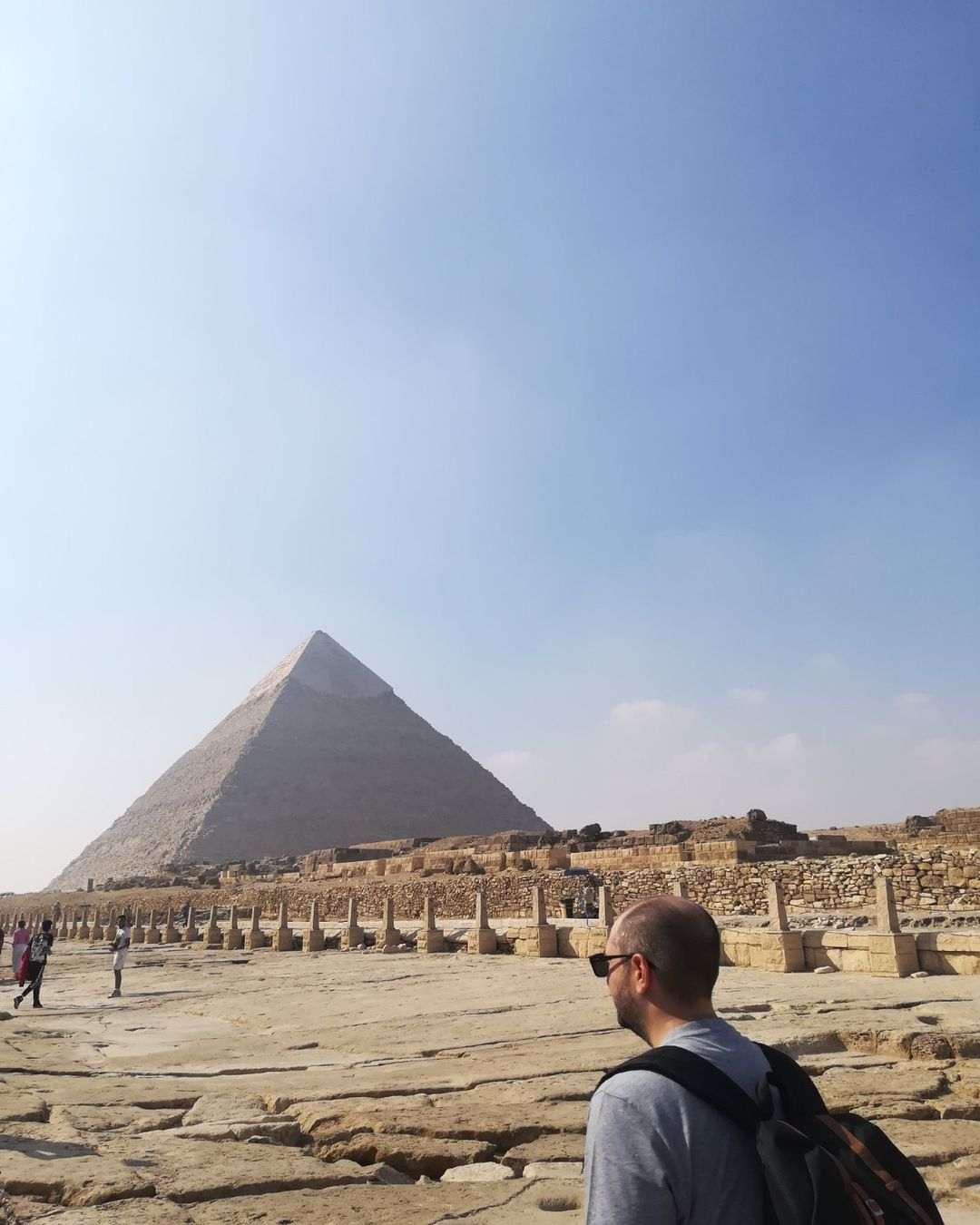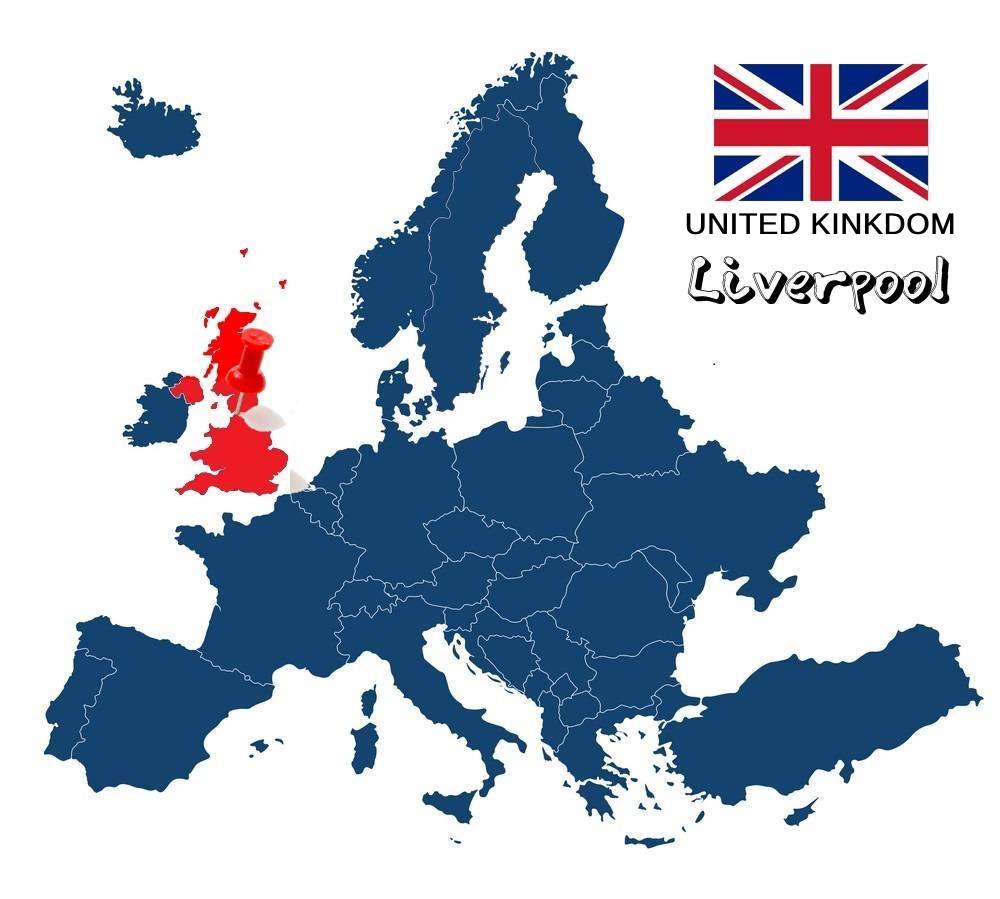
A historic port city, which played a leading role in the commercial and maritime development of the country. A place intertwined with the awesome and famous Beatles and the local football team. With wonderful architecture and beautiful buildings, numerous interesting museums and art galleries, as well as a different cuisine from the rest of the United Kingdom.
A few words about the city
Liverpool is a city in the United Kingdom, more specifically in North West England. It is located on the east side of the River Mersey, in the county of Merseyside, making it one of the most important cities in the country! It was founded by a decree of King John in 1207, but until the mid-16th century its population did not exceed 500 inhabitants! It acquired the title of city (City of Liverpool) in 1880. Today, the city's population is 498,042 inhabitants, while the population of the wider metropolitan area is 2,241,000 inhabitants! The port of Liverpool played a decisive role in the development of the industrial revolution throughout England. In fact, the first railway in the world was built on the Liverpool-Manchester line in 1830! It is also considered the football capital of England, since the 2 teams based in the city have collectively won the most league titles in the country, the football team of the same name and Everton! So I have selected for you what I consider to be worth paying attention to for someone visiting the city for the first time.
St. George's Hall
The first sight of a traveler arriving in Liverpool by train and stepping out of Lime Street station is St. George's Hall. This is an imposing neoclassical building, built between 1841 and 1854 and containing concert halls and courts. It is considered by many to be one of the finest Greek revival buildings in the world, and is listed as a Grade I listed building in the National Heritage List of England! The building fell into disrepair in the 1980s, but reopened in April 2007 after a £23 million renovation project! Today it is a meeting point for cultural, community, civic, corporate and performing arts activities. Until the pre-Covid-19 period, there was no entrance fee, but now only access to Cafe 1854 and the patio at the South Entrance is free, while there is a charge for access to tours, events and The History Whisperer exhibition!
Liverpool Cathedral
Liverpool Cathedral, in addition to being an extremely imposing building, holds many firsts and peculiarities! Initially, it is the most important church in the entire country, which is dedicated to Christ and the Virgin Mary! Its total external length is 189 meters, which makes it the longest church in the world, while in terms of its total volume, it is ranked fifth in the world! It was built between 1904-1978, with the delay being due to financial problems and the two World Wars; however, today it is one of the newest churches in Britain. Furthermore, it was designed by the then young architect Giles Gilbert Scott, constituting a unique blend of Gothic and Modernist styles, with impressive sculptures, huge stained glass windows and an endless variety of architectural details that take your breath away. The interior of the church will impress you equally, with the main church offering a sense of imposing calm and spirituality. One of the main attractions of the cathedral is the great organ, one of the largest and most powerful musical instruments in the world, which adds to the special atmosphere of the religious ceremonies hosted there. Unfortunately, Scott did not live to see his work completed, as it was completed eighteen years after his death! And if all this has not impressed you, Liverpool Cathedral has its own bistro! Yes, you read that right; you can have a drink or eat your food literally inside the church!! Finally, you will be particularly impressed by the fact that in many places there are neon lights (!), while inside there is also a two-story gift shop! Entrance to the church is free.
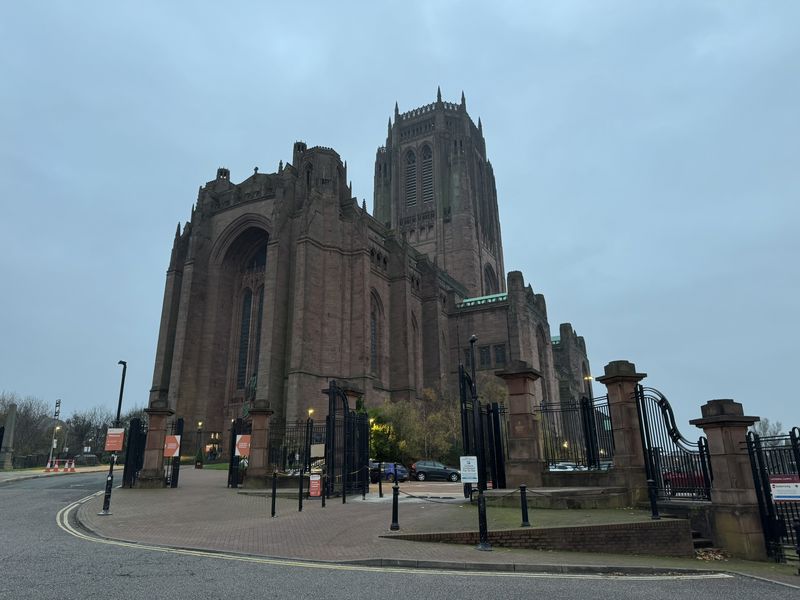
Liverpool Metropolitan Cathedral
It may come as a surprise to you, but Liverpool has two Cathedrals and there is an explanation for this! During the Irish Emigration to the United States in the 19th and 20th centuries, the city was a major port of embarkation for ships departing for the USA. However, many of the families who planned to travel across the Atlantic eventually fell in love with this humid, cloudy place and decided to settle permanently in Liverpool. So in addition to the Anglican Cathedral that we saw above, due to its many permanent residents with Irish roots, it was considered the center of the Roman Catholic Archdiocese and has another Cathedral! Liverpool Metropolitan Cathedral is the seat of the city's Roman Catholic Church and the Archbishop of Liverpool. Construction of the church on Mount Pleasant Avenue in the city centre began in 1928, but was not completed until 1967. The plan was for the building to accommodate 2,000 worshippers, who would be able to pray at the same time, for this reason the building is circular, with the pulpit and sanctuary in the middle and the worshippers seated in a circle around it. Under the church there is a crypt built of granite and brick where the annual Beer Festival is held. The crypt is also used by students of the University of Liverpool to sit exams when space is an issue during the examination period. Finally, around the cylindrical tower of the church there is a giant "tent" at a height of approximately 82 meters, an architectural trick that makes the temple rise impressively above the entire city! Entrance to the temple is free!
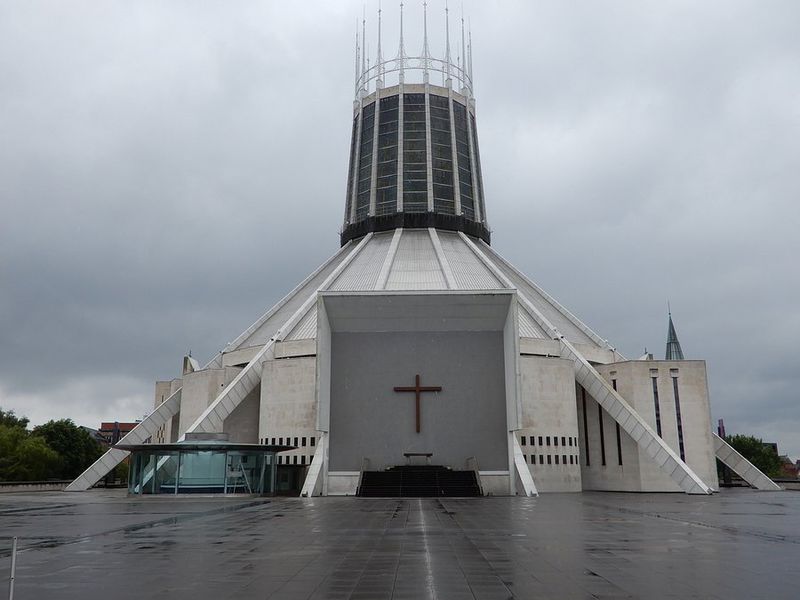
St. Luke's Bombed Out Church
The third church in the city worth visiting is the beautiful Gothic St. Luke's Bombed Out Church at the beginning of Bold Street, one of the city's most commercial streets. Locals call it the "Bombed Out Church", as its interior is completely destroyed by Nazi bombs! The church was built between 1811 and 1832 and was designed by John Foster and John Foster Jr., father and son, who were successive surveyors for the Liverpool Municipal Corporation. In addition to being a parish church, it was also intended to be used as a place of ritual worship by the corporation and as a concert hall. The church was badly damaged by bombs during the Liverpool Blitz in 1941 and has since been a roofless structure, overgrown with grass and tall trees, which glow an eerie green at night. Today, St Luke's Church stands as a memorial to those who died in the war, and is used as a venue for exhibitions and events. The church and its surrounding walls, gates and railings are listed as Grade II listed buildings on the National Heritage List for England. Admission is free!
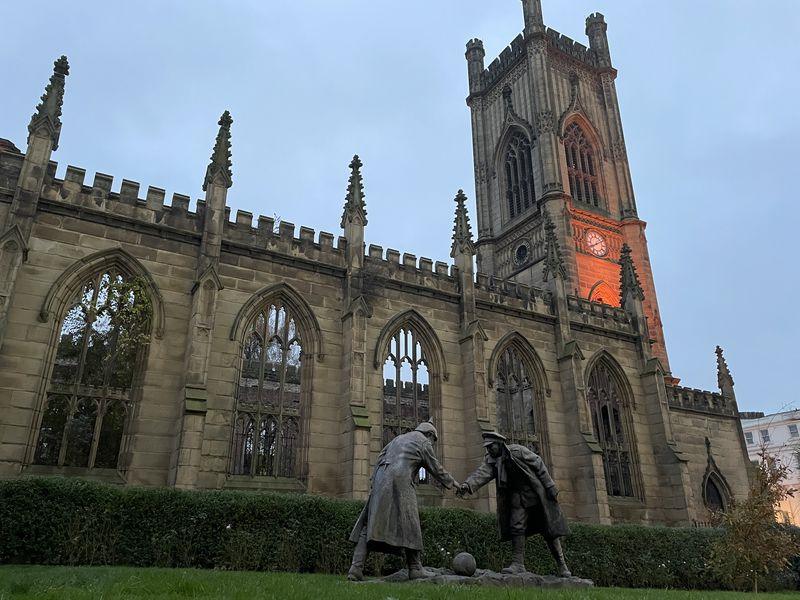
Cavern Quarter
Liverpool became known worldwide because of the famous band The Beatles, which started in the late 1950s from a tiny shop in the city center! The reason, of course, is the Cavern Club, where their future manager Brian Epstein first saw them and which is still open today! There you can enjoy tributes to the band at all hours and days of the week! It is worth admiring the fact that the Fab Four remain the best-selling musical group of all time and their presence is still felt in the city. In fact, because of the Beatles and this particular pub, all the surrounding streets were named "Cavern Quarter"! There you will find their statues standing smiling and proud in various parts of the area, while many of the shops have been transformed into Beatles-themed restaurants, pubs and museums.
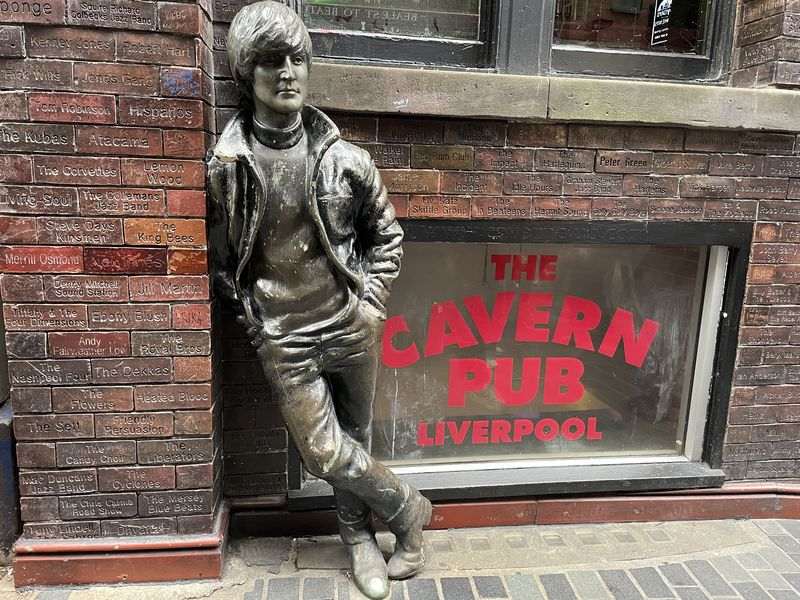
Royal Liver Building
The Royal Liver Building is one of the most iconic and recognizable buildings in Liverpool, a major landmark for the city. Built in 1911, the building was one of the first in the world to use a concrete frame for its structure, marking a new era in architectural construction. In fact, until 1961 it was the tallest building in the United Kingdom! This particular building is famous for its two impressive peaks, on which stand two large bronze sculptures depicting the “Liver Birds”, the symbolic birds of the city of Liverpool. These are mythical creatures that never existed in reality, but were designed to resemble cormorants. According to legend, the two birds watch over the sea and the city, protecting the inhabitants and sailors, and will come to life and fly when the city ceases to exist. The view from the River Mersey towards the building, with the two birds dominating the skyline, is one of the most recognizable images of the city. Finally, the Royal Liver Building, along with the Cunard buildings and the main port building, are designated as World Heritage Sites by UNESCO!
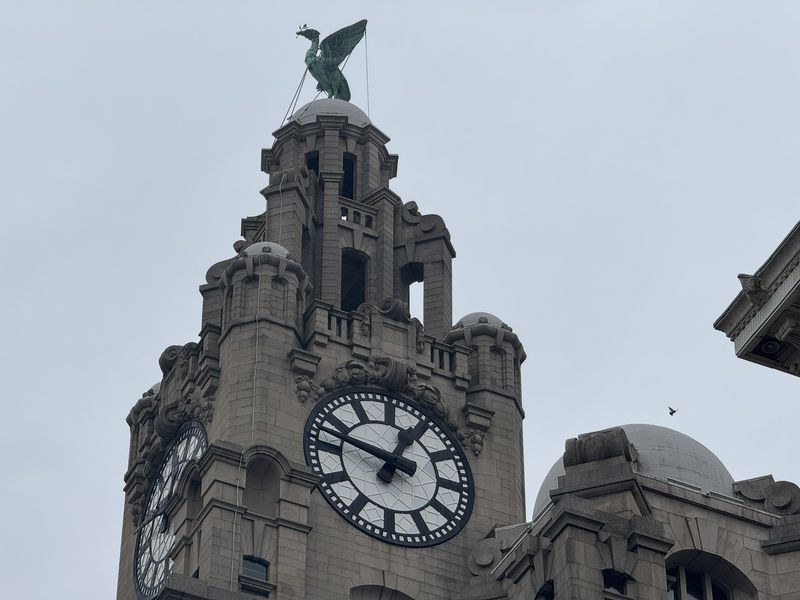
Albert Docks
The Albert Docks was named in honor of Prince Albert, husband of Queen Victoria, and is an open-air museum for the city! It was officially opened in 1846 and for many years, it was considered one of the most important and innovative ports in the world. The reason was the installation of the first hydraulic cargo transport system, the first of its kind in the world! Typically, during its heyday, the port handled all the goods for the needs of Liverpool, Manchester and the wider region. During the 19th century, the prevalence of steamships increased the volume of ships, which did not fit in the port and thus its decline began. During the Second World War, it suffered significant damage from German bombers and thus, combined with financial problems and competition, it closed permanently in 1972. Fortunately, Albert Port was reborn from its ashes and is today considered the heart of the city's tourist life with over four million visitors annually! It is a UNESCO World Heritage Site, while there you will find some of the city's most important museums, luxury hotels, famous boutiques and award-winning bars and restaurants.
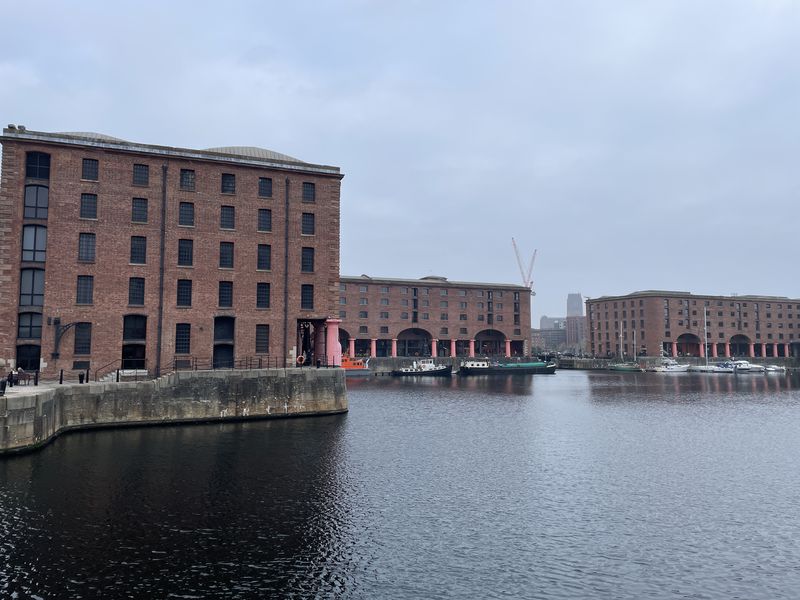
Town Hall
The Town Hall is a beautiful 18th-century listed building in the heart of Liverpool’s cultural quarter, just off Dale Street. It is one of the most charming surviving town halls of its time and is listed on the National Heritage List for England. The central hall has a tall dome, topped by a statue of Minvera, the Goddess of Wisdom. Of course, it is not a town hall today, but a luxury hotel and banqueting venue! Inside the building, visitors will find the most magnificent suite of town rooms in the country and a wonderful example of late Georgian decoration. Finally, the former Town Hall can accommodate up to 270 guests in its various rooms, including the Council Chamber, which are available to rent according to your needs.
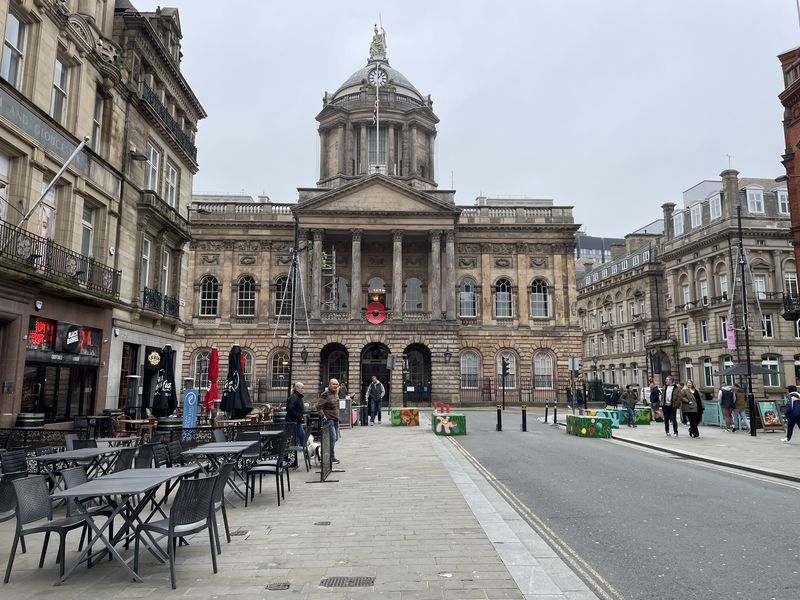
Radio City Tower
The Liverpool Radio City Tower is the second tallest building in the city after the West Tower, standing at 138 meters tall! It was built in 1969, designed by James A. Roberts Associates and opened by Queen Elizabeth II. The radio and observation tower, also known as St. John's Beacon, houses two radio stations, as well as an observation platform that is open to the public. To reach the top, you will either need to climb the 558 steps or take the lift for a small fee, which takes 30 seconds! As a testament to the significance of the building's design, it was listed as Grade II listed in November 2020.
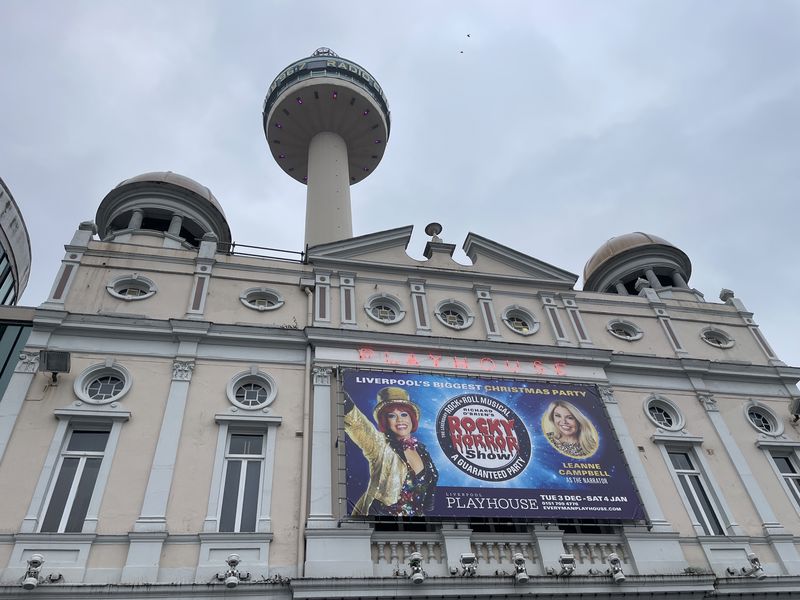
Anfield Stadium
Anfield Stadium has been the home of the local team for over a century (1892), and is considered one of the most important football stadiums in the world! It is a classic British football stadium that took its name from the Anfield neighborhood in which it is located. It has a capacity of 45,276 people and is full at every game, so finding a ticket is quite a challenge! Liverpool fans are considered to be among the most passionate on the island, with the singing of their team anthem, “You’ll Never Walk Alone“, being a landmark of every game and a tremendous experience for anyone experiencing it for the first time! In addition to the matches, Anfield offers an extensive tour of the stadium, such as the stands, the changing rooms, the press conference area, as well as the team museum, which tells the history of the club.
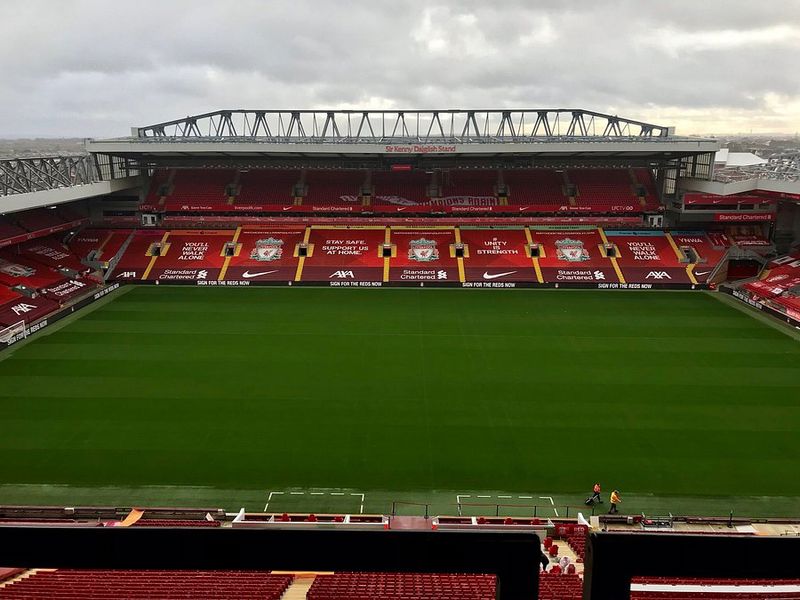
Museums
There are many museums and art spaces in Liverpool that are worth your attention. The first ones I recommend visiting are the Merseyside Maritime Museum and the International Slavery Museum. The former offers a detailed look at the city’s maritime history, and even has an exhibit dedicated to the Titanic. Although the ill-fated ship did not pass through Liverpool during its voyage, it was registered in the city. The latter was created to commemorate Liverpool’s role in the 18th century slave trade. It is dedicated to telling the stories of enslaved people and providing historical information from which visitors can learn. Entry to both museums is free!
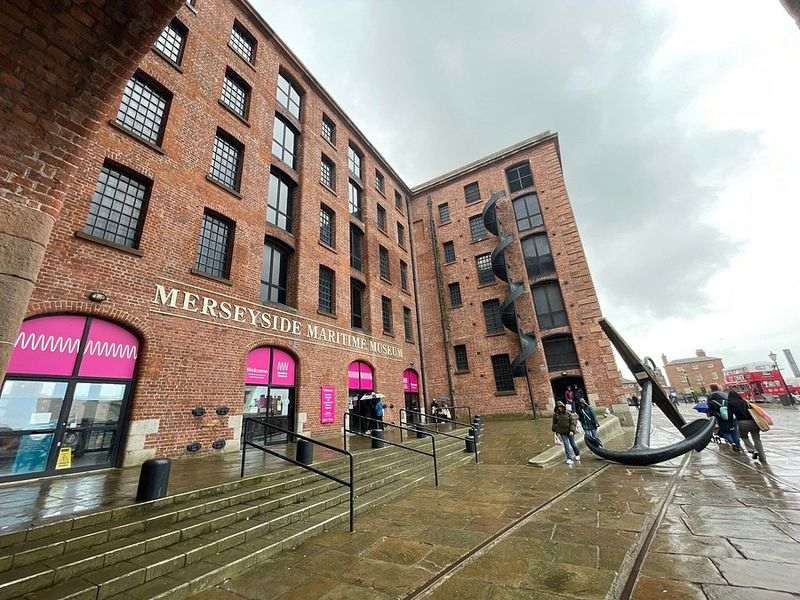
Equally interesting are the Tate Liverpool and the Walker Art Gallery! The first one opened in 1988 and exhibits mainly British art from 1500 to the present day, as well as international temporary exhibitions from the 20th and 21st centuries! The second is part of the National Museums of Liverpool and houses one of the largest art collections in England outside London. Admission is free here too.
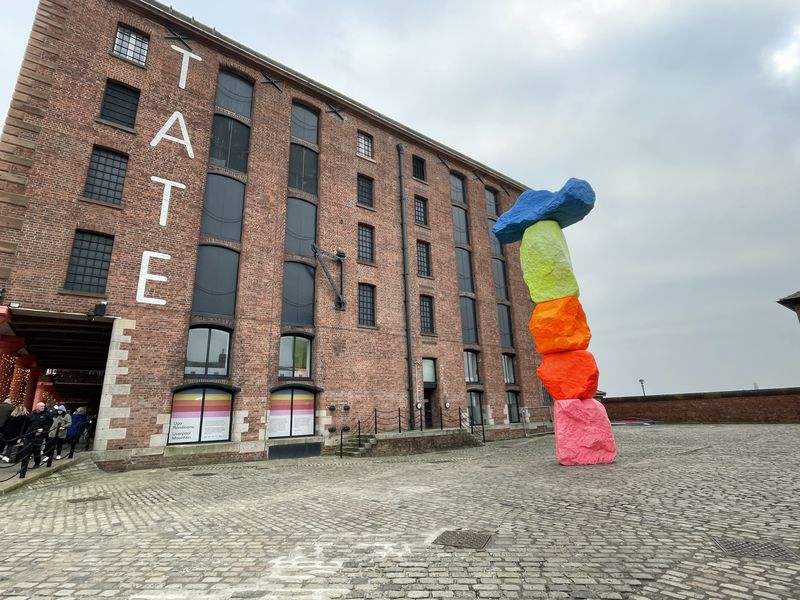
Part of Liverpool's National Museums is also the World Museum, which has extensive collections covering archaeology, ethnology and the natural and physical sciences. Within the museum, it is also worth visiting the Natural History Centre and the Planetarium. Right next door is the Central Library, which is the largest library in the city and one of the largest in the whole of the United Kingdom! It is also one of the most beautiful, and visitors will find extensive collections that have been created over the last 150 years, including many rare and important examples of fine printing and book illustration. Here too, entry is free.
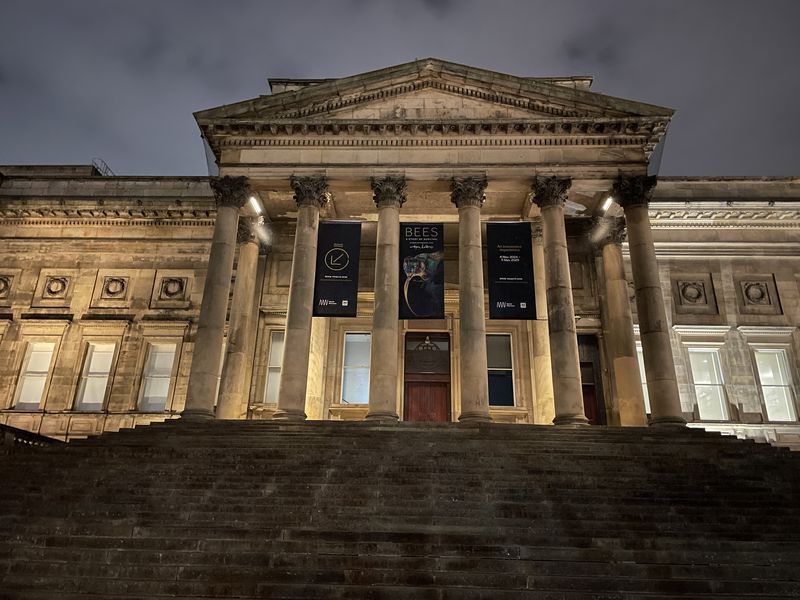
Finally, you can't leave the city without taking a stroll through The Beatles Story Museum. This is a thematic museum that offers a deep and fascinating immersion into the life, music and legacy of the Beatles, from their appearances at the Cavern Club to their end! Admission costs 20 pounds, or about 24 euros.
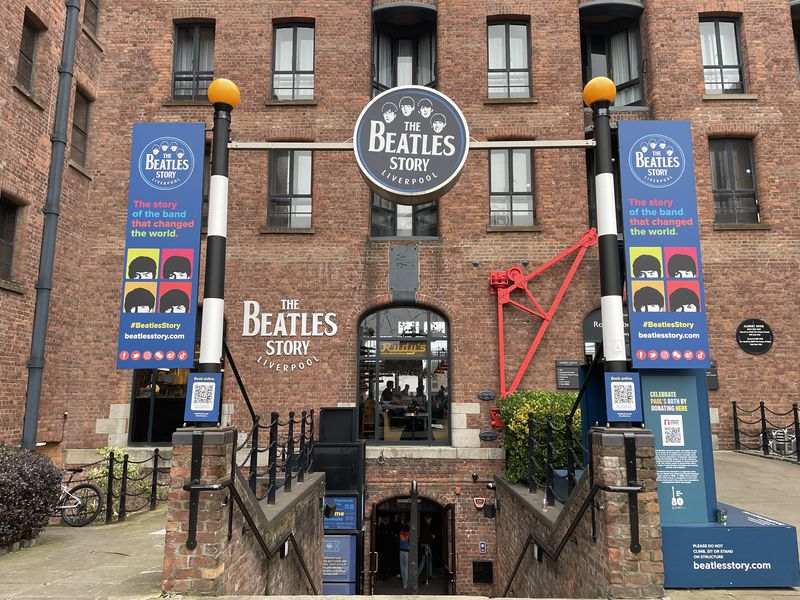
How to go
There is currently no direct flight from Thessaloniki to Liverpool, so if you want to get to the city, you will have to make at least one stopover. The best solution is to fly with Ryanair to Paphos and from there with the same company to Liverpool, with a total cost of 128e return. From there you can fly to another English city such as Manchester or London and from there reach the city by train!
Where to stay
Liverpool is a relatively small city, but it attracts a lot of tourists, which means there are plenty of places to stay! I won’t lie, the prices for most hotels or guest houses are quite high, especially if you want something central, but there are always bargains. My suggestion is the Brownlows Inn, a beautiful hotel with renovated and spacious rooms, just five minutes from the Royal Court Theatre.
How to move
As with most cities in the UK, Liverpool’s transport infrastructure is very good and with many options. The main form of public transport is the buses, which cover the entire length and breadth of the city! There are also underground and overground trains, which, in addition to transport within the city, connect Liverpool with other nearby cities! Another way to get around Liverpool is the famous Mersey Ferry, which can take you to the opposite bank of the Mersey River! Also, the city has cycle paths everywhere and a generally good cycling environment, which is ideal for two-wheeled travel! Finally, taxis are literally everywhere and you can hail them on the street, but they are very expensive!
What to eat
Great Britain may not be famous for its cuisine and that is why foreign flavors are widespread there, however, there are several typical English dishes, which, although they include several dubious combinations, are worth paying attention to. The “national dish” of the British is without a doubt fried fish with fried potato chips, the well-known fish and chips, so you cannot leave the city without trying it. Equally popular is the English breakfast, which includes fried eggs, fried bacon, pork sausages, grilled tomatoes and mushrooms, bread with butter and, of course, beans in red sauce! In addition, I would recommend eating a burger, since they are very different from what we have in mind, or a well-cooked steak, as Britain is famous for its meat. Finally, don't forget to have a cup of tea at the dozens of shops in the city; since for the English, "tea time" is more than just a cup of tea, I would describe it as a ritual. For coffee and breakfast, I recommend Brasco Lounge and for chicken-based fast food, Nando’s!
Useful information

In Liverpool we travel with a Passport valid for at least 6 months. You do not need a Visa to enter the country.
In Liverpool the language used is, of course, English and although the locals have a special accent that sometimes makes you not understand what they are saying, they are particularly polite and accommodating, since they greatly appreciate you speaking their language.
The country's currency is the British Pound and its exchange rate is currently 1€ = 0.83 £.
Convert your money either in Greece or in small shops, as the exchange offices charge a very high commission.
Liverpool is two hours behind Greece (GMT 0).
Getting to and from the airport is simple, since there are continuous bus routes, and more specifically line 500, which takes you to the city center in less than half an hour.
There is no Greek embassy or consulate in Liverpool, so if you need anything, you should contact the nearest one, which is located in Manchester at 37-43 King Street, M2 7AT.
In Liverpool, driving is done in the opposite direction, so be careful when crossing the road.
If you have time, don't miss a Liverpool or Everton football match.
The weather in Liverpool is usually rainy, so always have an umbrella with you, while in winter the temperatures are quite low with wind and snow!
Recommended excursions → Manchester, Blackpool, Sheffield

If this article seemed interesting or contributed to your quality information, then you can like my facebook page: o_thessalonikios or follow me on instagram!
Mouzakidis Pantelis






